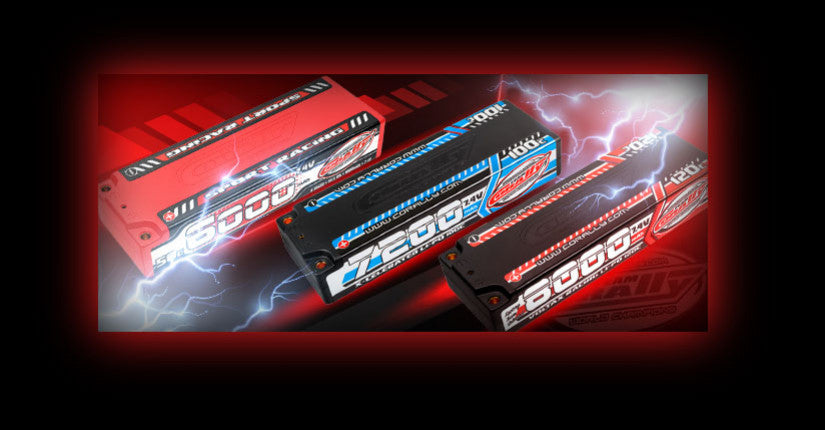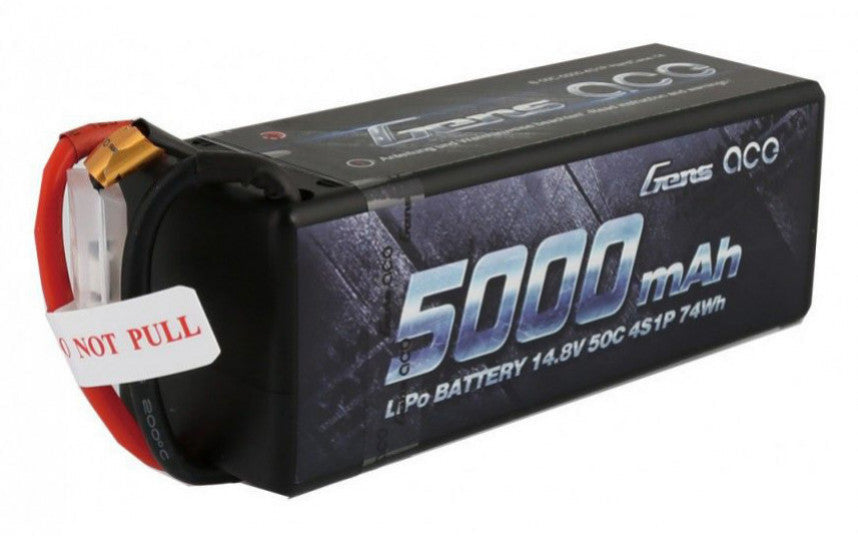In the RC modeling sector, there are two main types of batteries to power radio-controlled electric vehicles : NiMH (Nickel-Metal Hydride) batteries and LiPo (Lithium Polymer or more precisely Lithium-Ion Polymer) batteries . Although most modelers will eventually upgrade to LiPo after getting used to running their RC vehicle on a NiMH battery, it is important to understand the differences between these two batteries so you can make the right choice.
What are the characteristics of each battery?
Nimhs have a longer lifespan
NiMH batteries can go through a thousand cycles or more before becoming obsolete, making them a great choice if you're on a budget and can't afford to replace your batteries often. LiPos, on the other hand, last on average between 100 and 200 cycles. It is therefore likely that you will replace them more frequently. Even though a Lipo has certain advantages in terms of efficiency and power, you should know that this type of battery will not last forever.
Lipos are more effective
NiMH can be compared to conventional light bulbs: much of their energy is wasted as heat when you run your car. LiPos are more like LED bulbs which heat up little and retain all their energy. LiPos are the clear winner in this area: their chemistry allows them to run about 33% longer than a NiMH, and they are often available with higher capacities than NiMHs of the same size. LiPos are also lighter than their NiMH counterparts, which also increases their efficiency factor.
Lipos are more efficient
NiMH are recognized as less efficient than LiPo. Additionally, the discharge curve of a NiMH battery is like a gentle slope, and halfway through you'll notice that your car isn't as fast as it was when starting. This is not the case with LiPos which maintain a fairly constant voltage throughout the run, until they are exhausted, meaning smoother and faster runs .
Nimhs are easier to maintain
With few exceptions, NiMH batteries are quite difficult to damage. You can operate them repeatedly, making them perfect for beginners and children . LiPo batteries are much more sensitive and require special care beyond just charging to stay healthy. LiPos also pose a greater risk of fire than NiMH batteries, although the risks are lessened with modern chargers .
The advantages of each type of battery
The advantages of a Nimh battery
- Secure
- Reliable
- Easier to use
- Cheaper to manufacture
- Easy loading
- Does not require a complex charger
- Common in household appliances
Nimh batteries are the ideal choice for beginners who value handling over performance, those who are not used to handling Lipo batteries or children who need a power system that is not dangerous.
The advantages of a Lipo battery
- High energy density
- Lighter
- More powerful
- Superior quality and quantity of energy
- Constant power throughout the duration of use
- Can be built in different sizes
A LiPo battery with the same capacity as a NiMH battery provides longer driving time and better performance , but they are more expensive and more difficult to maintain. If you choose this type of battery, we advise you to read this guide .
Warning : There is a risk of explosion or fire if the Lipo battery is misused. To extend their lifespan, they must be stored with a minimum charge level of 3 volts per cell. They require the use of a suitable charger .






